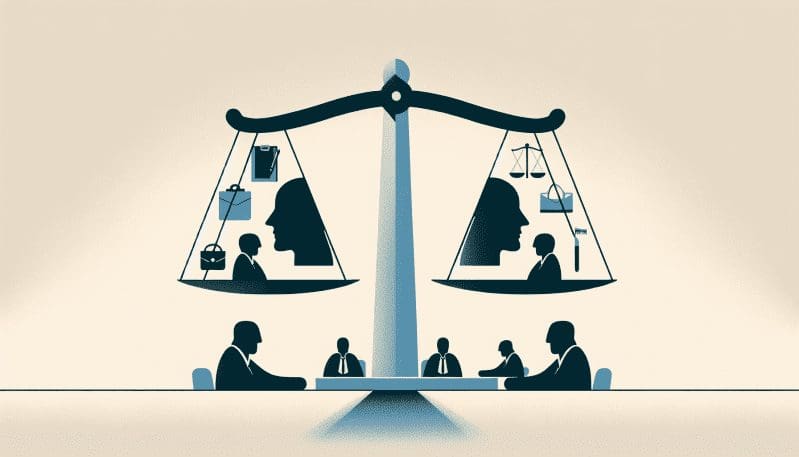Unconscious bias is a pervasive issue in the workplace that can have significant implications for diversity and inclusion efforts. Despite progress made in creating more inclusive work environments, biases based on race, gender, age, and other factors continue to shape decision-making and limit opportunities for certain groups of employees.
It is important to note that unconscious bias is rooted in implicit beliefs and attitudes that are often formed by societal and cultural influences. These biases are not necessarily intentional or malicious, but they can still have harmful effects on individuals and teams.
One example of unconscious bias in the workplace is the tendency to favor candidates who share similar backgrounds or experiences. This can lead to a lack of diversity in hiring and promotion decisions, perpetuating inequalities within the organization. For instance, a study conducted by Harvard Business School found that job applicants with African-American sounding names were less likely to receive interviews compared to applicants with white-sounding names, even when their qualifications were identical.
Unconscious bias also affects day-to-day interactions among colleagues. Microaggressions, subtle acts of discrimination, can contribute to a hostile work environment, making it difficult for individuals from underrepresented groups to thrive and contribute to their fullest potential. These biases can manifest in seemingly harmless comments or actions that belittle or invalidate the experiences of others.
To address and mitigate unconscious bias, organizations need to implement comprehensive strategies that promote awareness, education, and accountability. Here are some effective initiatives that have been proven to create a more inclusive work environment:
1. Bias Training: Conduct regular training sessions for employees to raise awareness about unconscious bias and its impact on the workplace. These sessions should provide practical strategies for recognizing and addressing bias in day-to-day interactions.
2. Diverse Hiring Panels: Establish diverse hiring panels that include members from different backgrounds and perspectives. This helps ensure a fair evaluation process and reduces the likelihood of bias influencing hiring decisions.
3. Blind Resume Review: Implement blind resume review processes, where personal identifiers such as name, gender, and age are removed from resumes before they are evaluated. This helps reduce the influence of unconscious biases and focuses solely on qualifications and experience.
4. Mentorship and Sponsorship Programs: Create mentorship and sponsorship programs that pair employees from underrepresented groups with more senior colleagues. These programs provide support, guidance, and opportunities for growth, helping to break down barriers and improve representation at higher levels of the organization.
5. Employee Resource Groups: Encourage the formation of employee resource groups (ERGs) that provide a platform for employees with shared backgrounds or experiences to connect, support each other, and advocate for inclusion in the workplace. ERGs can play a crucial role in fostering a sense of belonging and ensuring diverse voices are heard and valued.
It is essential for organizations to recognize the existence of unconscious bias in the workplace and take proactive steps to address and mitigate its impact. By implementing strategies like bias training, diverse hiring panels, blind resume review, mentorship programs, and employee resource groups, organizations can create a more inclusive work environment where all employees have equal opportunities to succeed and thrive.




























